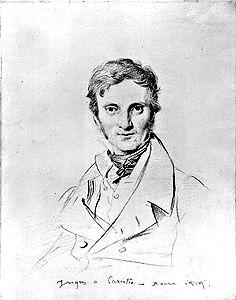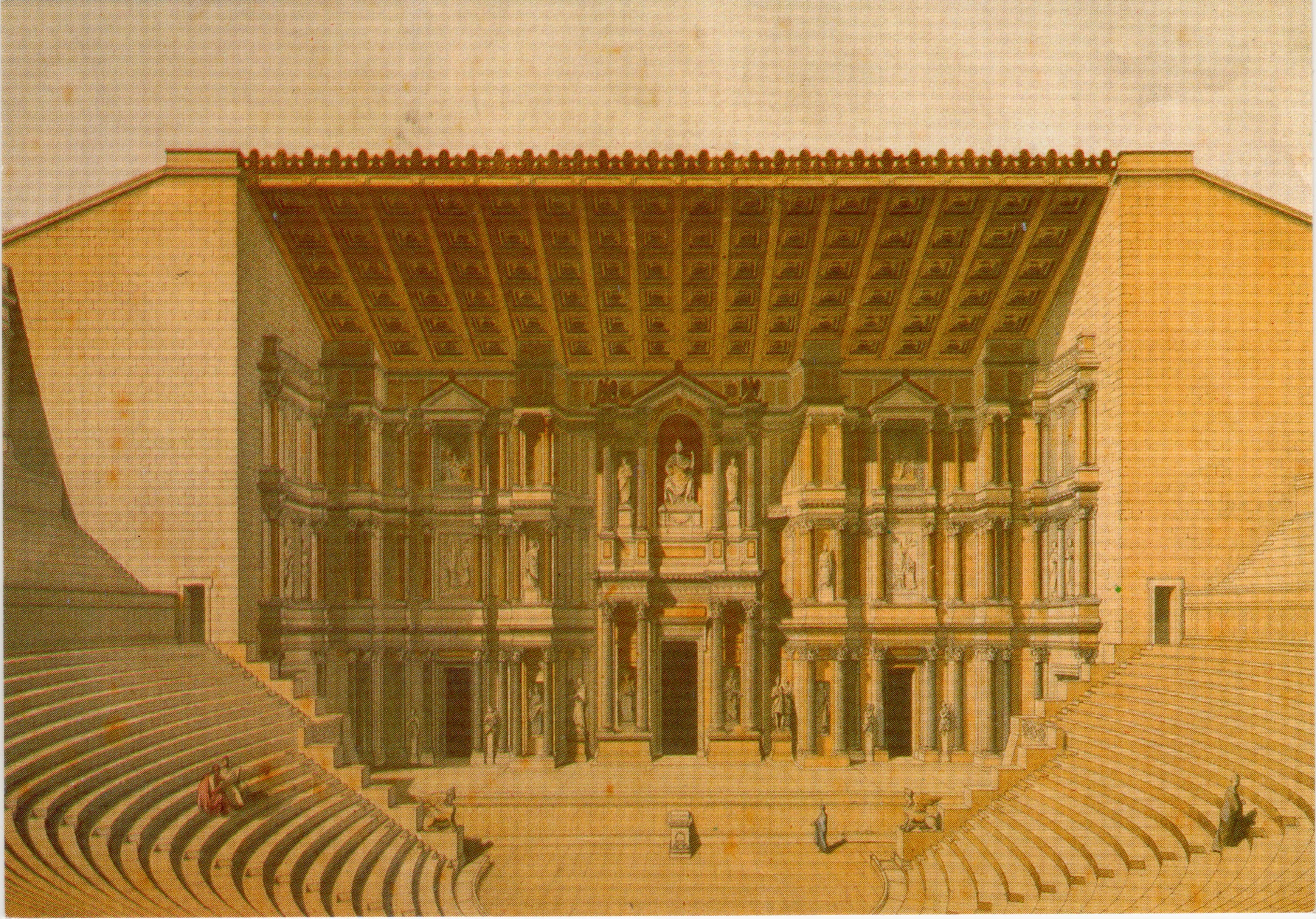Auguste Caristie on:
[Wikipedia]
[Google]
[Amazon]

 Auguste Nicolas Caristie (6 December 1783, Avallon - 5 December 1862, Paris) was a French architect. He is best known for his restorations of public monuments.
Auguste Nicolas Caristie (6 December 1783, Avallon - 5 December 1862, Paris) was a French architect. He is best known for his restorations of public monuments.
Notice biographique
from the ''Grande encyclopédie, inventaire raisonné des sciences, ...'', 1885–1902, pg.429
Research sources for Caristie
from the Comité des travaux historiques et scientifiques @ La France Savante
Biographical summary and notes
from the Base Autor @ Médiathèque de l'architecture et du patrimoine {{DEFAULTSORT:Caristie, Auguste 1783 births 1862 deaths French architects Prix de Rome winners French people of Italian descent People from Avallon Members of the Académie des beaux-arts

 Auguste Nicolas Caristie (6 December 1783, Avallon - 5 December 1862, Paris) was a French architect. He is best known for his restorations of public monuments.
Auguste Nicolas Caristie (6 December 1783, Avallon - 5 December 1862, Paris) was a French architect. He is best known for his restorations of public monuments.
Biography
He was part of a long line of architects; originally from Italy. His father, Jacques-Nicolas Caristie (1747-1817), and his granduncle, Michel-Ange Caristie (1689-1760), were both well-known architects in Avallon. After studying with his father, he went to Paris, where he studied in the workshops ofAntoine Vaudoyer
Antoine-Laurent-Thomas Vaudoyer (21 December 1756, Paris - 27 May 1846, Paris) was a French architect. He was married to Alexandrine-Julie Lagrenée, daughter of the painter, Louis Jean François Lagrenée. Their son, Léon Vaudoyer, Léon, was a ...
and Charles Percier
Charles Percier (; 22 August 1764 – 5 September 1838) was a neoclassical French architect, interior decorator and designer, who worked in a close partnership with Pierre François Léonard Fontaine, originally his friend from student days. For ...
.
In 1813, his plans for a city hall won him the Prix de Rome. His stay in Italy would last for seven years. While there, he studied the restorative work being done in Pozzuoli, on what was then believed to be the Temple of Serapis
A serapeum is a temple or other religious institution dedicated to the syncretic Greco-Egyptian deity Serapis, who combined aspects of Osiris and Apis in a humanized form that was accepted by the Ptolemaic Greeks of Alexandria. There were s ...
, but has since been identified as the macellum (marketplace).
His first major project after returning to France came in 1823, when the Restoration
Restoration is the act of restoring something to its original state and may refer to:
* Conservation and restoration of cultural heritage
** Audio restoration
** Film restoration
** Image restoration
** Textile restoration
* Restoration ecology
...
government commissioned him to restore the Triumphal Arch of Orange. When this was completed, he began work on the restoration of the Roman Theatre of Orange.
This was followed by another government commission, for a mausoleum
A mausoleum is an external free-standing building constructed as a monument enclosing the interment space or burial chamber of a deceased person or people. A mausoleum without the person's remains is called a cenotaph. A mausoleum may be consid ...
to honor the counter-revolutionary soldiers who were killed at the Battle of Quiberon. This led to his appointment as Inspector-General of public buildings in 1829. Later, he served as vice-president of the Commission of Historic Monuments.
He was elected to the Académie des Beaux-Arts in 1840 and took Seat #4 for architecture, succeeding Jean-Nicolas Huyot. His last major project was restoring the chapel at the Château d'Anet, in which he was occupied from 1844 to 1851. He was elected Conseil Général for the Département of the Seine in 1860.
His older brother, , a chief engineer for roads and bridges, participated in the Egyptian campaigns of Napoleon
Napoleon Bonaparte ; it, Napoleone Bonaparte, ; co, Napulione Buonaparte. (born Napoleone Buonaparte; 15 August 1769 – 5 May 1821), later known by his regnal name Napoleon I, was a French military commander and political leader who ...
.
References
Notice biographique
from the ''Grande encyclopédie, inventaire raisonné des sciences, ...'', 1885–1902, pg.429
Research sources for Caristie
from the Comité des travaux historiques et scientifiques @ La France Savante
Biographical summary and notes
from the Base Autor @ Médiathèque de l'architecture et du patrimoine {{DEFAULTSORT:Caristie, Auguste 1783 births 1862 deaths French architects Prix de Rome winners French people of Italian descent People from Avallon Members of the Académie des beaux-arts